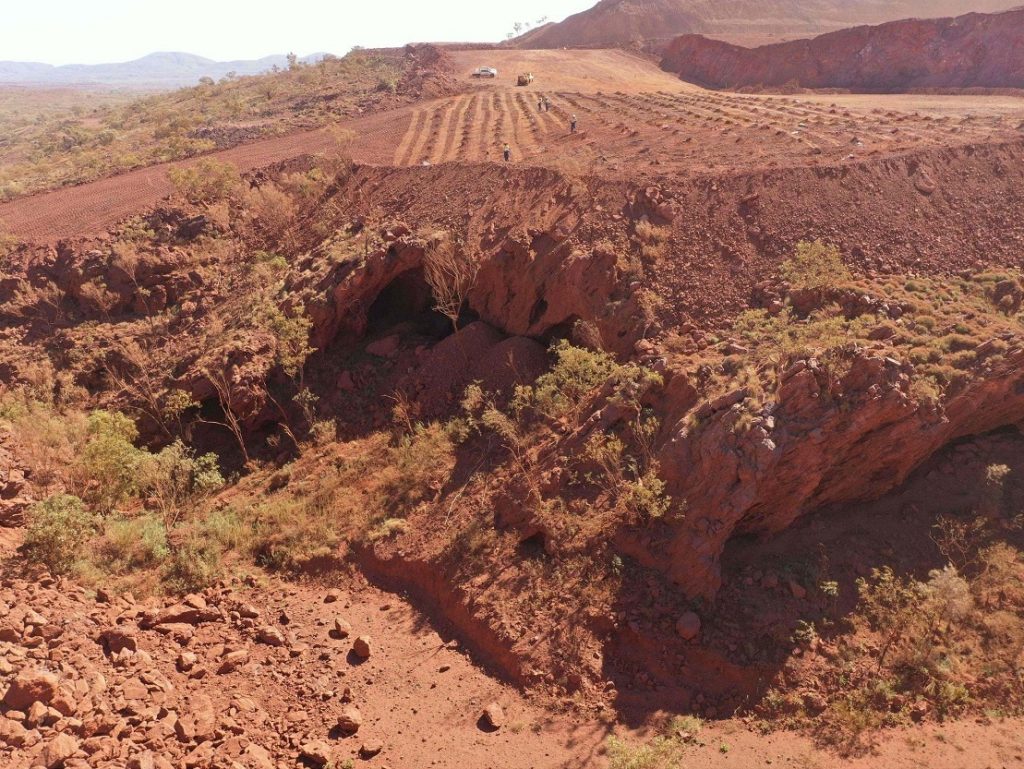
What better illustration could there be of the Escondido Framework approach to understanding ESG investing described in last week’s blog than the defenestration of Rio Tinto’s chief executive, Jean-Sebastien Jacques, by the company’s shareholders?[1]
In relation to the distinction made in last week’s article between the impact of regulation on the solution space available to executive teams, one of the interesting aspects of the dynamiting of Juukan Gorge and the two rock shelters is that the company had previously negotiated native title agreements with the Puutu Kunti Kurrama and Pinikura people, giving it rights to mine the area and had also secured regulatory approval. In Escondido Framework terms, as illustrated in last week’s blog post, the company thought that it was operating within the solution space defined by the market transaction with the owners of the land and that the regulatory market interface had not reduced the solution space available to the company.
However, the executives had failed to appreciate the sensitivities of the company’s investors to such an egregious violation of the heritage of not only the indigenous population but humankind as a whole.
Perhaps the board and executive team at Rio Tinto paid too much attention to the likelihood that investors in mining stocks are already a self-selected group that is less sensitive to ESG considerations than the investment market overall.
It matters little whether the response of the investors whose pressure on the board finally persuaded chairman Simon Thompson (who previously had insisted that Rio Tinto would not fire Mr Jacques) was a reflection of the potential for the scandal to increase future regulatory pressure on the industry, or a concern for the response of the upstream investors in their funds, or the consciences of fund management executives themselves being pricked by comparisons between the dynamiting of the caves with the actions of the Taliban blowing up the Bamyam Buddhas in 2001.
Either way, the shape of the investment market interface was sufficiently different to that perceived by Mr Jacques and his colleagues for them to have placed themselves, not temporarily but at a personal level permanently, outside the solution space available to them.
[1] For anyone who missed the story, Rio Tinto blew up two 46,000-year-old Aboriginal rock shelters in Western Australia, offending not only the Australia aboriginal community for whom the sites were sacred but also a wider public sensitive to an ancient archeological heritage. Initially the board decided to withhold bonuses for the executives involved, but has now decided that Mr Jacques should go (albeit not until early next year and without any further financial penalties)